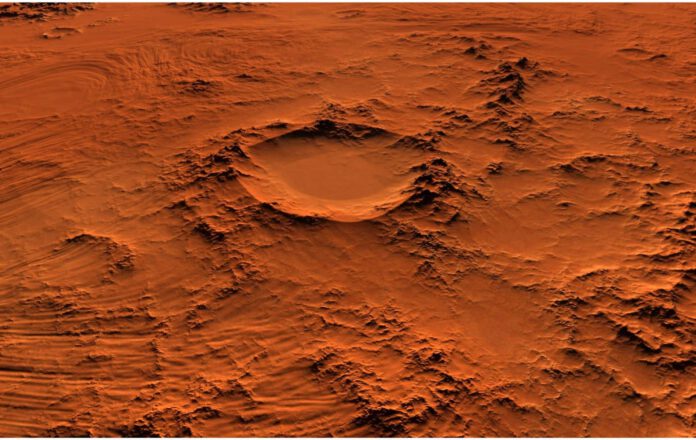
Today, it’s hard to believe that rivers once flowed on Mars. Yet, the dry, red planet was quite different in the distant past. Astronomers have now mapped out how long it took for water to form the Martian valleys.
Water Evidence on Mars
“Mars is now one great desert, but its surface is replete with evidence of former flowing water. Visible are riverbed-like formations. How long it took to form these valleys tells us something about the habitability of early Mars since prolonged periods of stable liquid water are more conducive to life,” says researcher Alexander Morgan from the Planetary Science Institute, Tucson, Arizona.
Craters as Proof
The valleys on Mars originated more than 3 billion years ago, providing one of the strongest pieces of evidence that there was once liquid water on Mars. Previous studies indicated that at least tens of thousands of years of erosion were necessary to form valleys, but the number of times water flowed through them, thus the total period in which the river beds could form, was never established.
Morgan looked at the craters on Mars to determine this. “I used craters that appeared before and after valley systems formed to define the timeline. The new results provide an upper limit to the timescale during which the Martian valleys were active.” He arrived at a period of hundreds of millions of years. “Given what we know about erosion on early Mars, longer timescales suggest that the conditions enabling rivers only existed at large intervals, with long dry periods interspersed with short episodes of flowing water.”
Two Camps on Mars’ Early Climate
Scientists who study early Mars don’t all agree. There are two camps: one group assumes it was warm and wet with an ocean. Others believe it was chilly and icy with large ice caps. “In the past ten years, we have discovered that these descriptions are far too general. It’s not logical to condense hundreds of millions of years of climate history into two words,” Morgan states.
Like the Earth, Mars’ climate was not always the same. “Just like on our planet, Mars in the past was complex, and conditions enabling surface water varied. The Earth has undergone enormous climatic changes in its history. For instance, 20,000 years ago, modern-day Chicago was under half a kilometer of ice. Similar conditions likely came and went for flowing water on Mars,” explains the planetary scientist.
Just a Bit of Warmth Needed
The results show that the rivers on Mars eroded very slowly, similar to parts of the Atacama Desert in Chile. Large stones in the riverbed that couldn’t be further eroded may have prevented erosion. Alternatively, the rivers may have flowed very irregularly, perhaps only 0.001% of the time. Thus, the rivers on Mars would have been bone-dry most of the time, becoming more active during volcanic activity or as the planet moved closer to the Sun, warming it. Such long-term changes are also known on Earth as Milankovitch cycles. They were responsible for Earth’s last Ice Age.
“In the short term, river flow is determined by precipitation or melting snow. But over longer periods, Earth’s rivers too are affected by climate change,” explains the scientist. “20,000 years ago, for example, there were large lakes and rivers in what is now Nevada. Martian rivers would have existed in the same way with short-term variations due to storms or precipitation and long-term changes due to rotation and orbital shifts around the Sun.”











